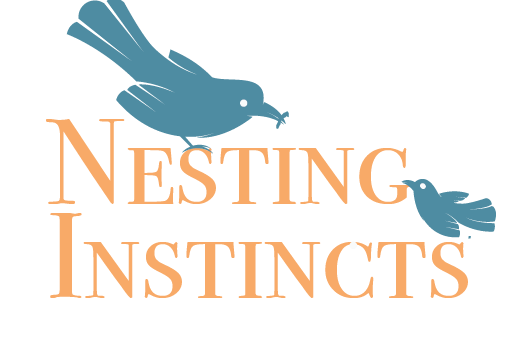Counting kicks is easy to do. It's important too! According to the information posted at CounttheKicks.org, counting can save your baby's life.
When you start your 3rd trimester, it’s time to start counting.
Here’s how you do it:
- Count the Kicks every day, preferably at the same time.
- Pick your time based on when your baby is usually active, such as after a snack or meal.
- Make sure your baby is awake first; walking, pushing on your tummy or having a cold drink are good wake-up calls.
- To get started, sit with your feet up or lie on your side. Count each of your baby’s movements as one kick, and count until you reach 10 kicks. After a few days you will be to see a pattern for your baby.
- Most of the time it will take less than a half-hour, but it could take as long as two hours.
- Log your recorded times using our Count the Kicks App or a kick chart.
Why count kicks? The research is clear it could save your baby's life:
Research Citations
Click the links below to learn more.
Reduction of Late Stillbirth
Holm Tveit JV SE, Stray-Pedersen B, Bordahl PE, Flenady V, Fretts R, Froen JF: Reduction of late stillbirth with the introduction of fetal movement information and guidelines - a clinical quality improvement. BMC Pregnancy Childbirth 2009, 9(32).
Fourteen hospitals in Norway participated in this study which aimed to improve care by providing written information to pregnant women about Decreased Fetal Movement and to provide guidelines on Decreased Fetal Movement to health care providers. There was an overall decrease of stillbirths by 1/3, with no increase of preterm births, or need for neonatal care.
ACOG Committee on Practice Bulletins with the Assistance of Ruth C Fretts: ACOG practice bulletin: Clinical management guidelines for Obstetrician-Gynecologists 102 03/2009: Obstet Gynecol 113: 748-761
Fretts R , Duru U: New indications for antepartum testing: Making the case for antepartum surveillance or timed delivery for women of advanced maternal age. Semin Perinatol 32:312-317, 2008 [PubMed-indexed for MEDLINE]
Froen JF, Heazell A, et al: Fetal movement assessment. Semin Perinatol 32:243-246, 2008 [PubMed-indexed for MEDLINE]
Froen JF, Tveit JV, et al: Management of decreased fetal movements. Semin Perinatol 32: 307-311, 2008 [PubMed-indexed for MEDLINE]
Fretts R: Stillbirth: Common causes and prevention strategies. Forum 25: 8-1-, 2007 [PubMed-indexed for MEDLINE]
Guidelines for Perinatal Care, 6th Edition, 2007, American Academy of Pediatrics and American College of Obstetricians and Gynecologists, page 114 (under paragraph entitled Assessment of Fetal Movement): "The perception of 10 distinct movements in a period of up to 2 hours is considered reassuring. After 10 movements have been perceived, the count can be discontinued for that day."
Reddy U: Prediction and prevention of recurrent stillbirth. Obstet Gynecol 1151-1164, 2007 [PubMed-indexed for MEDLINE]
Froen JF: A kick from within-fetal movement counting and the cancelled progress in antenatal care. J Perinat Med 32:13-24, 2004 [PubMed-indexed for MEDLINE]
Study of Maternal Observations and Memories of Stillbirths (MOMS Study)
5000 moms with stillbirths participated in answering questions regarding their pregnancy. 50% of the moms reported gradual decreased fetal movement several days prior to death. 56% of moms reported that this decreased movement was the first reason to believe that there was something wrong.
Fetal Movement Intervention Assessment (FEMINA)
FEMINA8 (Fetal Movement Intervention Assessment) is an ongoing international research collaboration to improve pregnancy outcome through better understanding of reduced fetal activity. Froen previously reported that 50% of mothers waited more than 24 hours without any fetal activity before contacting their doctor – 30% waited more than 48 hours.
Stillbirth Collaborative Research Network (SCRN)
Dr. Uma Reddy from the National Institute of Health (NIH), is leading the Stillbirth Collaborative Research Network (SCRN). This 5 year study will determine the incidence of stillbirth, determine risk factors and uncover the causes of stillbirth using a standard protocol that will review clinical history, protocols for pathologic examinations of the fetus and placenta.
It’s a great way to bond with your baby. Most importantly, it could save your baby’s life.

